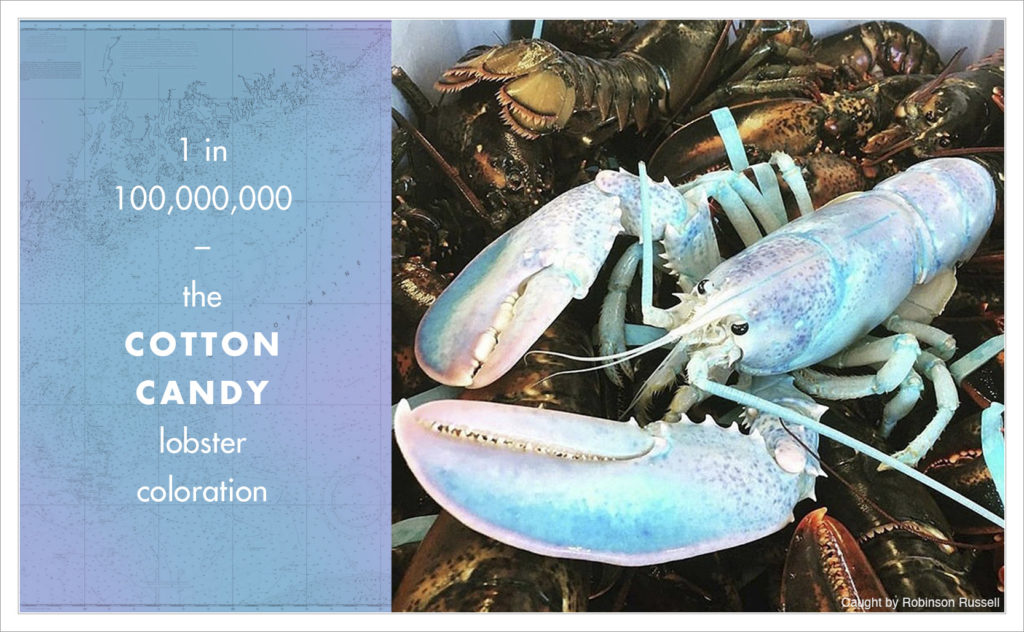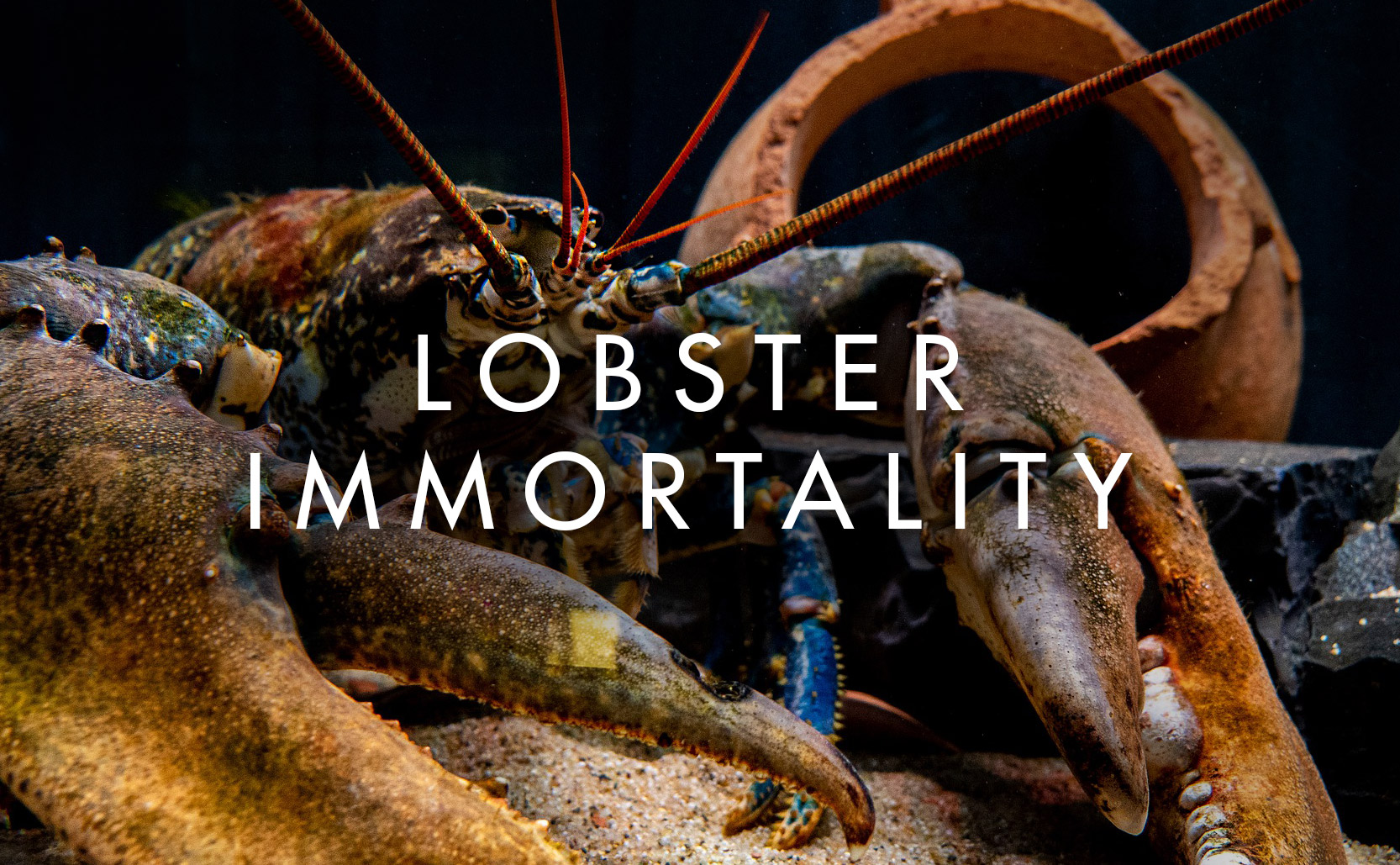Lobster Immortality
Lobsters are not immortal, but are still pretty special
To point out that lobsters aren’t immortal may seem unnecessary unless you’ve previously seen internet buzz stories that lobsters might be able to live forever. Different species of lobsters have different lifespans but male European lobsters typically live around 31 years and females live around 54 years. This is far from forever. Aside from being killed by fishing, how do lobsters die?
One of the remarkable things about lobsters is that, unlike humans and most other animals, lobsters continue to get bigger as they get older. Humans get to an adult size and stop getting taller, but for lobsters there is no upper limit on how large they can grow to be. Another remarkable thing about lobsters is that they don’t show many signs of aging like we do. They don’t get weak, or slow down, or stop reproducing as they get older. Part of this longevity is how their cells divide. Unlike humans, lobsters continue to produce an enzyme called telomerase which helps repair damaged chromosomes during cell division. Having undamaged chromosomes allows lobsters to avoid the effects of old age and to keep living normal lives … until they don’t.
Moulting
Lobsters are invertebrates with exoskeletons. In order for a lobster to get larger as it ages it has to shed its current exoskeleton and grow a larger new one. It basically runs out of room in its shell and needs to start a new roomier one. Therein lies the problem. While there may be no physical upper limit as to how large a lobster can get, every moulting takes more energy than the time before and eventually a lobster just doesn’t have the energy to shed its exoskeleton. 10-15% of lobsters die during the moulting process because they run out of energy. For those older lobsters who just stop moulting, they begin to accumulate damage to their shells and eventually die.
An added bonus: Another question the internet seems to ask is if lobsters feel pain. Yes they do, and being boiled alive is not enjoyable for lobsters (it’s illegal to boil a lobster alive in New Zealand, Switzerland, and parts of Italy).
To end on a high note, while most lobsters are typically dark bluish greens and greenish browns, genetic mutations can produce some really spectacular looking lobsters. Similar to most animals, albinos are very rare (1 in 100 million). Unlike most other animals though, lobsters have another extremely rare coloration (1 in 100 million) where the lobster is pastel blues & subtle pinks called “cotton candy”.



